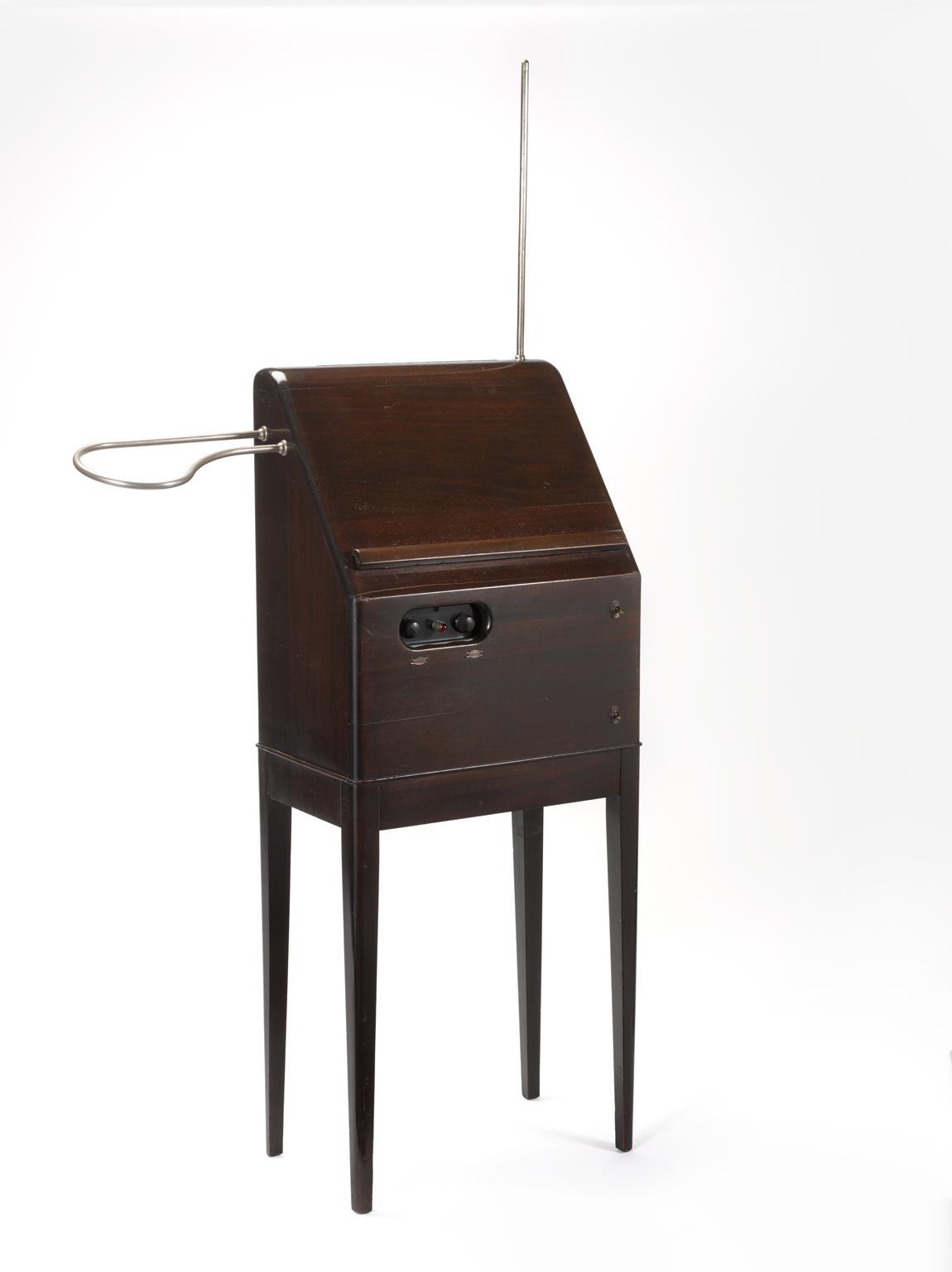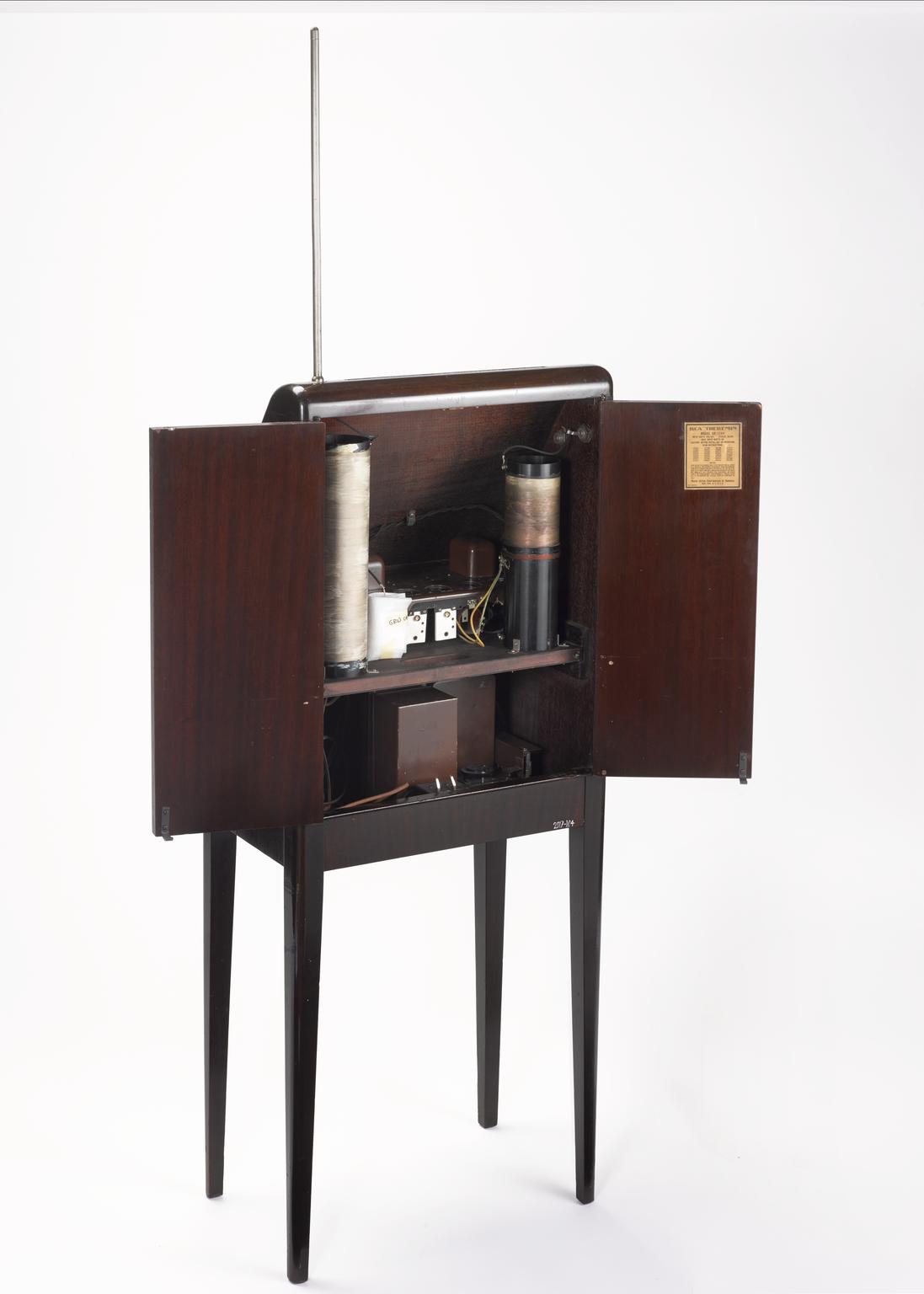When Blondie took the stage at Convention Hall in Asbury Park, NJ in 1979, the audience knew the band as a vehicle for former Playboy bunny-turned-punk-singer Debbie Harry. “Debbie put on that sexy persona with kind of a wink, saying ‘This is what you want from me, I’ll kind of give it to you, but I’m also going to give you what I want to give you,’’” says biographer Cathay Che. “The Blondie character,” as Harry called her onstage persona, “embodied female sexuality as part threat, part unattainable goal, part parody,” as Ann Powers writes at The New York Times.
Cast in the role of sexualized object since her early teen years, she had also performed in bands since the late 60s, and had survived sexual assault and a near abduction in New York City in the 70s. She was a world-weary performer in control of her image, but the character drew so much focus from Blondie the band that other members got a bit defensive. “I remember the tour Blondie was doing in April 1978,” punk photographer Theresa Kereakes writes:
All the posters, t‑shirts, and buttons you saw were black with hot pink writing that proclaimed: BLONDIE IS A GROUP! Exclamation point. No one knew during that tour in April 1978 — not the band, not their fans, and probably not their hopeful record company — that the record Blondie would release in just six months would be the one to break them into the stratosphere. They went from Plastic Letters to Parallel Lines and from the DIY scene to the big time.
Blondie was most definitely a group. By 1979, they had grown into a formidable six-piece, adding guitarist Frank Infante and bassist Nigel Harrison to the original lineup of Harry, Chris Stein, Jimmy Destri, and Clem Burke. On the cusp of major mainstream success, they had also hit a peak in terms of musicianship and songwriting — powerhouse drummer Burke holding the machinery together while each member played a vital part.
The focus on Harry didn’t only detract from her male band members. “Ms. Harry must have felt a bit like… the object of someone else’s profitable fantasy” at times,” writes Powers, trapped in the role of punk-rock Marilyn Monroe. As keyboard player Destri put it, “no one really paid attention to Debbie’s singing style and how great a writer she was, because they couldn’t get past the image,”
They would pay attention after Parallel Lines and follow-ups Eat to the Beat and Autoamerican. Songs like “Dreaming,” revamped disco hit “Heart of Glass,” and dancefloor classics “Call Me” and “Rapture” made Harry an international superstar and left the rest of the band disenchanted. Before lawsuits and longstanding resentments broke them up, Blondie was an incredible live band. See them prove it in the full show at the top, the first set of the night. They played a second, duplicate set later, adding Marc Bolan’s “Bang a Gong” at the end of the night. See them tear through it just above and see a full setlist with timestamps on YouTube.
Related Content:
How Blondie’s Debbie Harry Learned to Deal With Superficial, Demeaning Interviewers
Blondie Plays CBGB in the Mid-70s in Two Vintage Clips
Josh Jones is a writer and musician based in Durham, NC. Follow him at @jdmagness



